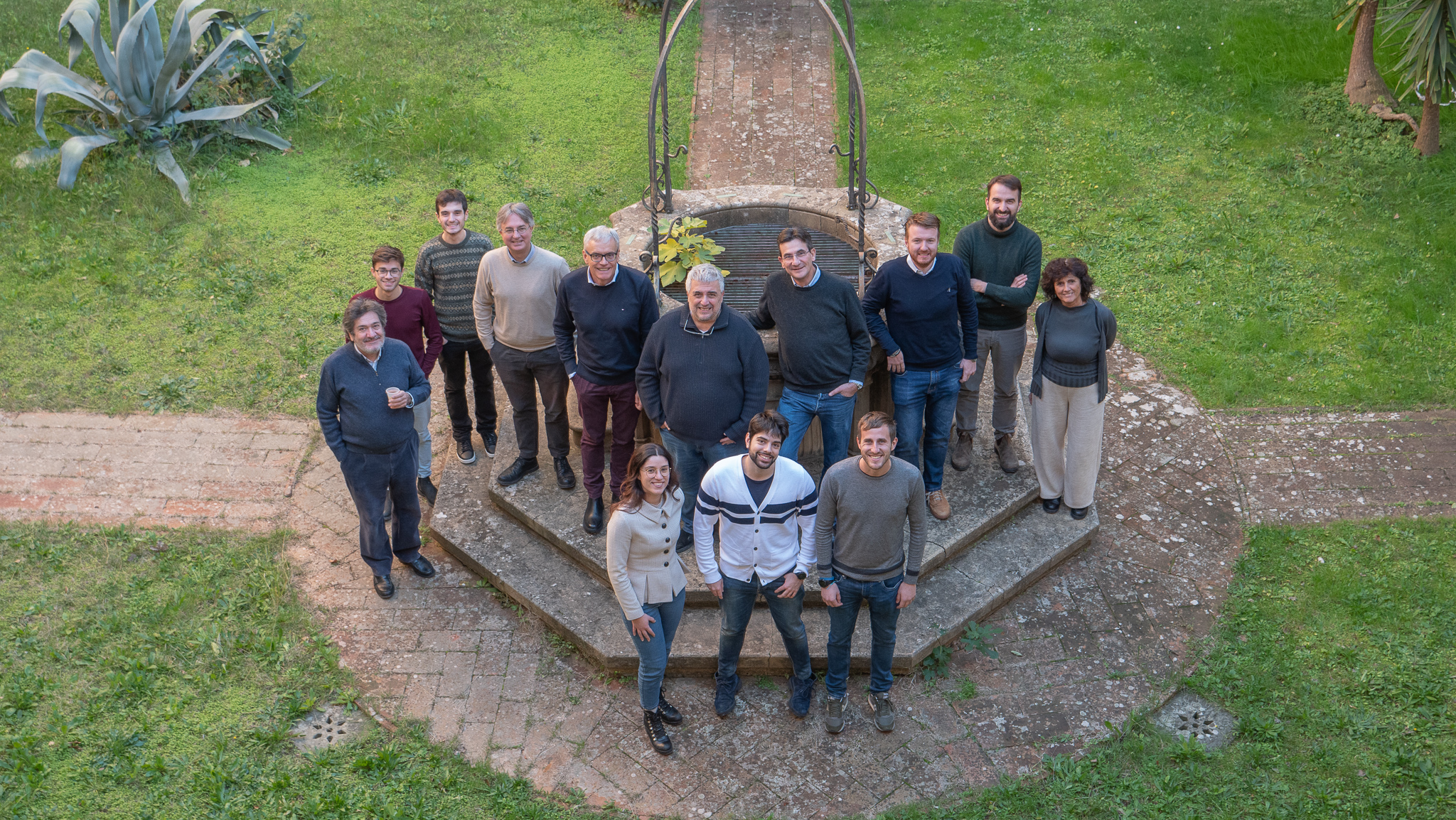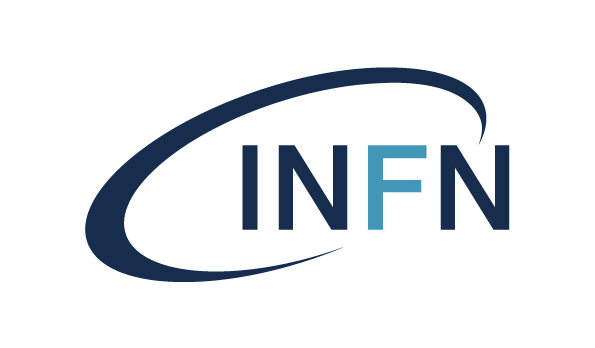Meeting
GGI Post-Doc Day
Dec 18, 2023We are pleased to announce that on December 18, 2023 the Galileo Galilei Institute's Post-Docs will give short seminars to illustrate their research activities during this year. The event is conceived to show how the research carried out by young researchers at the GGI contributes to the advancement of several topics in theoretical physics

Talks
| Date | Speaker | Title | Type | Useful Links | ||||
|---|---|---|---|---|---|---|---|---|
| Dec 18, 2023 - 14:40-15:00 | Welcome and picture | Introduction | ||||||
| Dec 18, 2023 - 15:00-15:30 | Francesca Acanfora | Fusing photons into nothing, a new search for invisible ALPs and Dark Matter at Belle II | Seminar |
Abstract
Fusing photons into nothing, a new search for invisible ALPs and Dark Matter at Belle II We consider an axion-like particle coupled to the Standard Model photons and decaying invisibly at Belle II. We propose a new search in the e+e− + invisible channel that we compare against the standard γ + invisible channel. We find that the e+e− + invisible channel has the potential to ameliorate the reach for the whole ALP mass range. This search leverages dedicated kinematic variables which significantly suppress the Standard Model background. We explore the implications of our expected reach for Dark Matter freeze-out through ALP-mediated annihilations. |
||||
| Dec 18, 2023 - 15:40-16:10 | Jacopo Papalini | The resurgence of the plateau in SJT Gravity | Seminar |
Abstract
The resurgence of the plateau in SJT Gravity Significant progresses have been made recently in understanding the spectral form factor of Jackiw-Teitelboim gravity, particularly at late times where non-perturbative effects are expected to play a dominant role. By focusing on a peculiar regime of large time and fixed temperature, called τ -scaling limit, it was found that it is possible to analytically investigate the late-time plateau directly through the gravitational genus expansion. We extend this analysis to the supersymmetric N = 1 generalization of the bosonic theory, revealing an interesting structure. First, we notice that in the τ -scaling limit the perturbative sum over genera truncates after a single term, which solely accounts for the ramp behaviour. Instead a non-perturbative completion, responsible for the plateau, is encoded into an exact formula coming from the properties of the chiral gaussian ensemble, governing the spectral properties of the supersymmetric theory. We are able to recover the non-perturbative contributions by slightly deforming the genus of the involved surfaces and using resurgence theory. We derive a closed-form analytical expression for the late-time plateau and a trans-series expansion that captures the ramp-plateau transition. |
||||
| Dec 18, 2023 - 16:20-16:50 | Andrea Placidi | Spin-orbit part of the EOB Hamiltonian at the third subleading PN order | Seminar |
Abstract
Spin-orbit part of the EOB Hamiltonian at the third subleading PN order “The effective-one body (EOB) approach is currently the only formalism flexible and accurate enough to provide usable waveform templates for any type of compact binary coalescence. One of the main building blocks of EOB models is their Hamiltonian, which governs the conservative part of the dynamics. In the first part of my talk I will focus on the spin-orbit component of the EOB Hamiltonian and present my derivation of the effective gyro-gravitomagnetic functions, which determine the strength of the spin-orbit couplings, at the third subleading order in the post-Newtonian expansion, in a general gauge-unspecific form. This extends their previous analytical knowledge by one order and allows us to specify a spin gauge which, as I will discuss in the second part of the talk, seems particularly suitable for implementation in the TEOBResumS model.” |
||||




